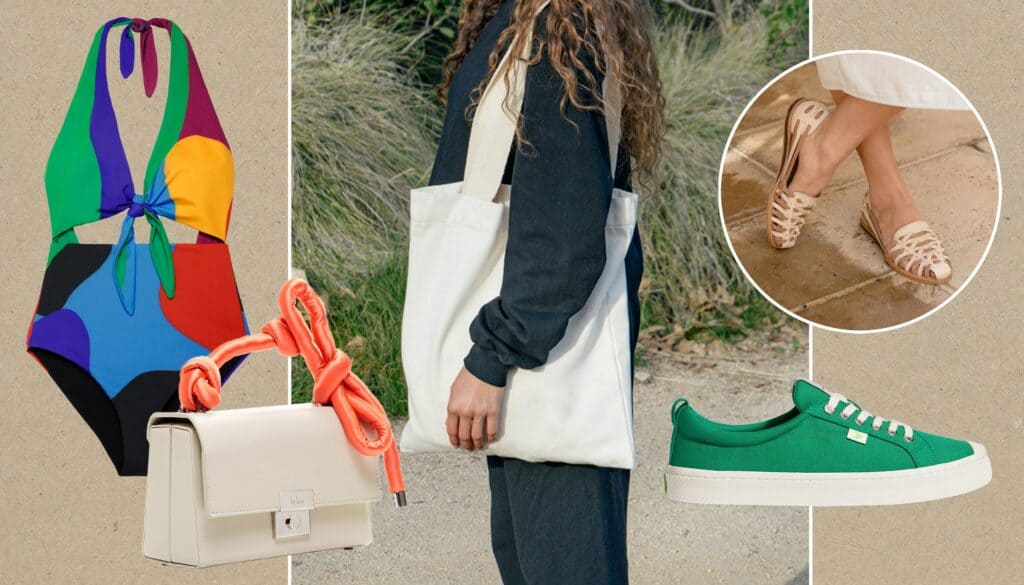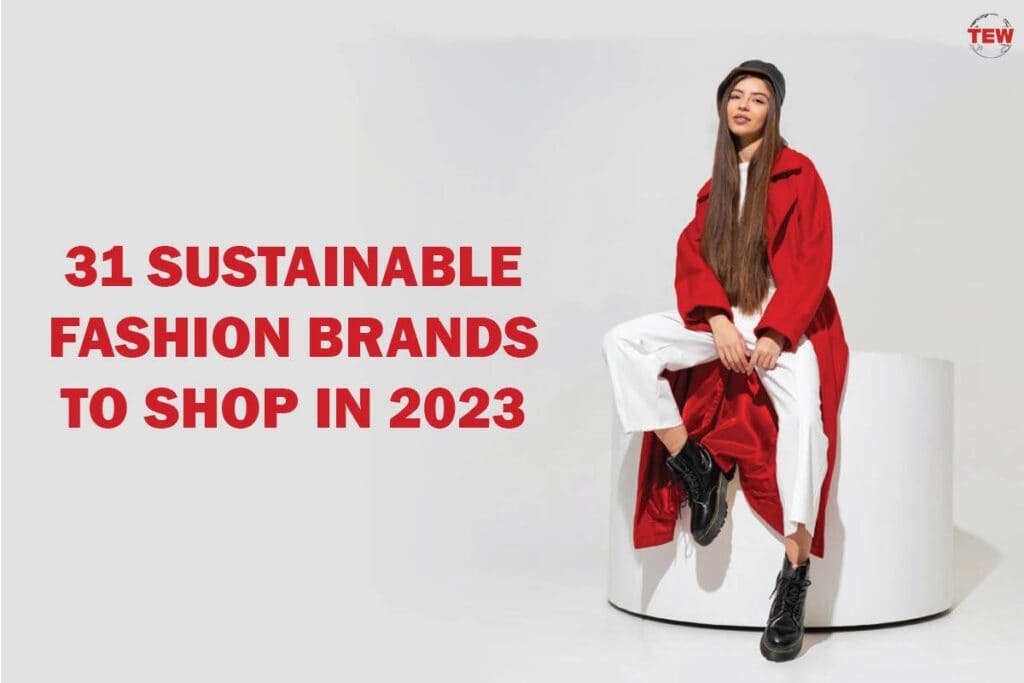Picture this: a fashion industry that not only thrives on creativity and trends but also prioritizes sustainability and environmental consciousness. In recent years, collaborations between brands and hemp have emerged as a powerful force driving the rise of sustainable fashion. By harnessing the versatility and eco-friendly properties of hemp, fashion brands are revolutionizing the way we approach style, proving that fashion and sustainability can indeed coexist seamlessly. These collaborations are not only changing the way we dress but also paving the way for a more environmentally friendly future.
History of Hemp in Clothing
Ancient Use of Hemp Fiber
Hemp has been used as a textile for thousands of years, with evidence of its cultivation dating back to ancient civilizations. The fibers of the hemp plant were spun into yarn and woven into durable and versatile fabrics. From ancient China and Egypt to Europe and the Americas, hemp was widely used for clothing, ship sails, and even paper.
Decline and Stigmatization
Unfortunately, the history of hemp took a negative turn in the early 20th century when it became stigmatized due to its association with marijuana. The prohibition on cannabis led to the decline in the cultivation and use of hemp as a textile material.
Revival of Hemp in Fashion
However, in recent years, there has been a revival of interest in hemp as a sustainable fabric. As the fashion industry becomes more conscious of its environmental impact, designers and brands are rediscovering the benefits of hemp and incorporating it into their collections. The versatility and sustainability of hemp make it a valuable resource in the quest for more environmentally friendly fashion.
The Sustainability Aspect
Environmental Impact of Conventional Fashion
The fashion industry is notorious for its detrimental impact on the environment. Conventional fashion relies heavily on synthetic fabrics that are derived from petrochemicals and require large amounts of energy to produce. This results in the emission of greenhouse gases, pollution of waterways, and depletion of natural resources.
Advantages of Hemp for Sustainable Fashion
Hemp stands out as a sustainable alternative to conventional fabrics due to its numerous advantages.
Reduced Chemical Usage
Hemp cultivation requires fewer pesticides and herbicides compared to other crops, such as cotton. Cotton, often known as the world’s dirtiest crop, relies heavily on chemicals to control pests and weeds. By choosing hemp, we can significantly reduce the amount of toxic chemicals released into the environment.
Water Conservation
Growing hemp requires significantly less water compared to other natural fibers like cotton. Cotton is notoriously water-intensive, consuming large amounts of water throughout its growth cycle. In contrast, hemp is a more drought-tolerant plant that thrives with minimal irrigation, thus conserving water resources.
Biodegradability
One of the most significant advantages of hemp in terms of sustainability is its biodegradability. Hemp fibers naturally decompose, whereas synthetic fibers like polyester can take hundreds of years to break down. By choosing hemp clothing, we can contribute to reducing the waste and pollution caused by the fashion industry.
Carbon Footprint Reduction
Hemp cultivation also helps in the reduction of carbon emissions. Hemp plants are known for their high carbon dioxide absorption capabilities during their growth phase. This means that by growing hemp, we can offset some of the carbon emissions generated by other industries.

This image is property of wiser.eco.
Growing Popularity of Sustainable Fashion
Increasing Awareness about Environmental Issues
As the consequences of climate change become more apparent, people are becoming increasingly aware of the impacts of their everyday choices, including the clothes we wear. The fashion industry, being one of the largest contributors to pollution and waste, has come under scrutiny.
Evolving Consumer Mindset
Consumers are starting to shift towards more sustainable and ethical fashion choices. They are becoming conscious of the environmental and social implications of their clothing purchases. This evolving mindset has prompted a demand for sustainable fashion options.
Shift in Consumer Preferences
The rise of sustainable fashion has seen a shift in consumer preferences. People are actively seeking out brands that prioritize ethical and sustainable practices. Brands that align with these values are gaining popularity and market share.
Importance of Ethical and Sustainable Practices
Brands that prioritize ethical and sustainable practices are not only resonating with consumers but also playing a crucial role in driving change within the fashion industry. Collaborations between brands that promote sustainability, such as those involving hemp, are a key way to bring about wider awareness and availability of sustainable options.
Impact of Fast Fashion
Negative Consequences for Environment
Fast fashion, with its emphasis on quick production and low-cost garments, has significant negative consequences for the environment. The relentless demand for new, cheap clothing leads to overproduction, excessive waste, and increased pollution.
Exploitation of Workers
In addition to its environmental impact, fast fashion often involves the exploitation of workers in developing countries. Sweatshops and poor working conditions are prevalent in the fast fashion supply chains, where workers are subjected to long hours, low wages, and unsafe environments.
Low-Quality and Disposable Fashion
Fast fashion also perpetuates a culture of disposable fashion, where garments are poorly made and not built to last. This leads to increased textile waste as clothes are discarded after minimal use.
Need for Sustainable Alternatives
To combat the negative impact of fast fashion, there is an urgent need for sustainable alternatives. Hemp, with its eco-friendly properties, is emerging as a viable solution to the detrimental practices of the fashion industry.

This image is property of imageio.forbes.com.
Benefits of Hemp as a Material
Durable and Long-Lasting
Hemp is a highly durable fiber that can withstand rigorous use and multiple washes. This durability ensures that hemp garments have a longer lifespan compared to many other fabrics, reducing the need for constant replacements.
Versatile
Hemp can be blended with other fibers such as organic cotton or recycled polyester to create versatile fabrics that are suitable for various clothing applications. This versatility allows designers to create sustainable fashion without compromising on style and functionality.
Breathable and Comfortable
Hemp fabric is known for its breathability and comfort. The natural fibers allow air to circulate, making hemp garments suitable for warmer climates and active lifestyles. The breathability of hemp also contributes to reducing odors, making it an ideal choice for activewear.
UV Resistant
Hemp fabric offers natural UV protection, shielding the skin from harmful sun rays. This inherent property of hemp makes it an excellent choice for outdoor clothing, reducing the reliance on chemical-laden sunscreens.
Antibacterial and Antifungal Properties
Hemp has natural antibacterial and antifungal properties, making it resistant to mold, mildew, and odor-causing bacteria. This feature contributes to the longevity and hygiene of hemp garments.
Requires Less Water and Pesticides
Compared to conventional crops like cotton, hemp requires significantly less water and pesticides to grow. Choosing hemp as a material reduces the environmental impact associated with water-intensive and chemically-dependent crops.
Collaborations Driving Change
Fashion Brands Joining Forces
Collaborations between fashion brands are instrumental in driving change towards sustainable fashion. By teaming up, brands can share resources, knowledge, and expertise, and collectively work towards a more sustainable future.
Partnerships in Research and Development
Collaborations allow fashion brands to pool their resources and invest in research and development. This enables the exploration of new innovations, such as more sustainable production techniques and the development of new hemp-based fabrics.
Sharing of Best Practices
Through collaborations, brands can learn from each other’s best practices and successes. This sharing of knowledge and experience accelerates the adoption and implementation of sustainable practices throughout the industry.
Creating Sustainable Supply Chains
Collaborations also facilitate the creation of sustainable supply chains. By joining forces, brands can work together to ensure transparency and ethical practices throughout the entire production process, from cultivation to garment manufacturing.
Innovative Product Development
Collaborations between brands unlock opportunities for innovative product development. By combining their unique expertise, designers can create cutting-edge sustainable fashion that meets the demands of conscious consumers.

This image is property of media.glamour.com.
Leading Brands Embracing Hemp
Patagonia
Outdoor clothing company Patagonia has been at the forefront of embracing hemp in their product offerings. Their hemp clothing line includes a variety of durable and sustainable options, catering to environmentally conscious outdoor enthusiasts.
Levi’s
Denim giant Levi’s has also joined the hemp movement, incorporating hemp fibers into their jeans and other denim products. By blending hemp with cotton, Levi’s is able to create jeans that are not only stylish but also more sustainable.
Stella McCartney
Renowned fashion designer Stella McCartney has been a vocal advocate for sustainable fashion. She has incorporated hemp into her collections, using it as a versatile and eco-friendly fabric that aligns with her brand’s commitment to sustainability.
The North Face
Outdoor apparel brand The North Face recognizes the benefits of hemp and has embraced the material in their product range. Their hemp-based clothing and accessories combine functionality, durability, and sustainability.
Vivienne Westwood
Fashion icon Vivienne Westwood has long been associated with pushing boundaries and challenging the status quo. In her commitment to sustainable fashion, she has incorporated hemp into her designs, showcasing the versatility and potential of the plant-based fiber.
Fashion Designers Incorporating Hemp
Hemp Couture Collections
Fashion designers are incorporating hemp into their couture collections, showcasing the versatility and beauty of the fabric. With its unique texture and sustainability credentials, hemp adds a touch of innovation and eco-consciousness to high fashion.
Sustainable Runway Shows
Sustainable runway shows offer a platform for fashion designers to showcase their hemp-infused collections. These shows not only promote the use of hemp but also raise awareness about the importance of sustainable and ethical fashion practices.
Hemp Blending with Other Fibers
Many designers are exploring the creative possibilities of blending hemp with other fibers. By combining hemp with materials like organic silk or recycled polyester, designers can create unique textiles that offer both sustainability and style.
Creative Use of Hemp Textiles
Designers are pushing the boundaries of hemp textiles, experimenting with different weaves, finishes, and dyeing techniques. These innovative uses of hemp demonstrate the potential of the fabric beyond traditional perceptions, making it a frontrunner in sustainable fashion.

This image is property of miro.medium.com.
Consumer Demand and Education
Increasing Consumer Awareness
Consumer awareness about the environmental impact of the fashion industry is on the rise. People are becoming more conscious of the consequences of their purchasing choices and are actively seeking out sustainable alternatives.
Educating Consumers about Hemp
Education plays a crucial role in increasing consumer acceptance and demand for hemp in fashion. Brands and organizations are actively educating consumers about the benefits of hemp, its sustainable qualities, and dispelling the misconceptions associated with the plant.
Importance of Transparency
Transparency in the fashion industry is key to driving change. Consumers are demanding more information about the origin, materials, and production processes of their clothing. Brands that can provide transparency and traceability are gaining the trust and loyalty of conscious consumers.
Influencing Fashion Choices
As consumers become more informed about the environmental and social impacts of fashion, their choices are aligning with their values. Collaborations between brands and the incorporation of hemp in fashion are providing consumers with sustainable options that make a positive impact on the planet.
In conclusion, collaborations between brands are promoting the use of hemp in fashion and driving the rise of sustainable fashion. The history of hemp in clothing, its sustainability aspects, and the growing popularity of sustainable fashion have paved the way for change. By incorporating hemp into their collections, leading brands and fashion designers are showcasing the benefits of this versatile and eco-friendly material. As consumer demand for sustainable fashion grows, education and transparency are vital in influencing fashion choices and creating a more environmentally conscious industry. Together, through collaborations and the adoption of hemp, the fashion industry can embrace sustainability and work towards a more sustainable future.
Recent Posts
Discover how bubble hash is rated on a 1 to 6 scale. From texture and color to aroma and potency, learn the key factors that determine the quality of bubble hash. Whether you're a seasoned cannabis...
Looking to learn about the most popular style of hash? This article explores the different types, from traditional to bubble hash, and reveals the people's favorite. Join us on a journey through the...

